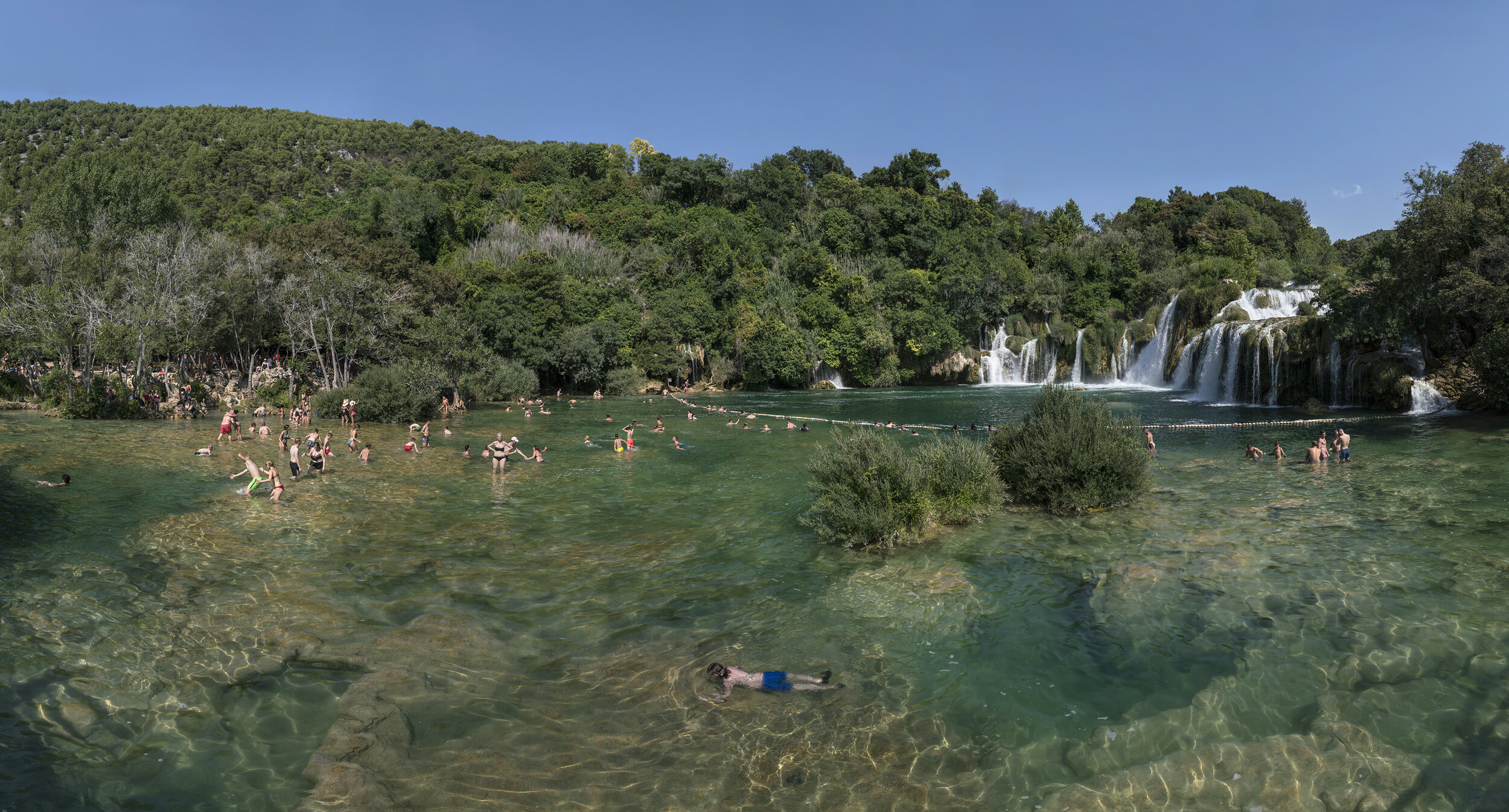CONTENT: Learning About Pleasure
deals with diverse human relationships to pleasure – and with what it might mean for technology to be learning about these relationships. The images presented come from a work-in progress show installed in a converted church space in South-East London. The show contained four disparate elements that functioned as self-contained experiences. They were intended to be shown together, allowing for new meanings and ideas to arise in the intersections and spaces between the different works.deals with diverse human relationships to pleasure – and with what it might mean for technology to be learning about these relationships. The images presented come from a work-in progress show installed in a converted church space in South-East London. The show contained four disparate elements that functioned as self-contained experiences. They were intended to be shown together, allowing for new meanings and ideas to arise in the intersections and spaces between the different works.
WARNING THIS PAGE CONTAINS FLASHING IMAGES
CONTENT LEARNING
5-channel video installation that looks at how the content we upload and data about what we consume is enabling technology to learn about human pleasure. Does the lack of a body that feels pose a fundamental obstacle to learning about pleasurable experience, or could it be the key to developing entirely new forms of knowledge – knowledge that is totally unknowable to humans. Algorithms start to produce knowledge about human pleasure, but as artificial intelligence has no capacity to experience, what else might be done with that knowledge?
ABOUT PLEASURE
A series of large-scale photographic prints that look at our relationship to the physical world and to images. The images have been produced robotically, fusing hundreds of individual photographs to create giant highly-detailed prints of landscapes that end up being nonhuman in their viewpoint. They ask questions about experience, specifically, about what it means when the distinction between direct and mediated experience is blurred. The work also deals with alienation from corporeal pleasures that can occur in an image-saturated world and with how strange and intangible our own bodies can sometimes feel.
YOU’LL DIE LAUGHING
Single-channel video installation that taps into one of our existential fears with regard to Artificial Intelligence: perfection. In comparison to the machine we will always fail, a comparison that reveals our human pride, stupidity and fragility.
AUTOPLAY
Autoplay is a series of unique print works. They address the cultural artefacts that are being automatically created by new types of AI knowledge. They visualise what seems chaotic and offensive to our cognitive faculties but what may feel seductive and rewarding to our preconscious bodily faculties.
These prints use images taken from a youtube "kids video' as their starting point The video is titled 'BURIED ALIVE Outdoor Playground Finger Family Song Nursery Rhymes Animation Education Learning Video' and is an example of what became known as an 'Elsagate video, These videos usually feature well-known children's characters recast in violent, sexual or otherwise disturbing situations. They are a phenomenon that has been generated by the algorithms of the youtube platform itself. One of the theories as to why they exist is that they are created by a combination of human input and Artificial Intelligence. It is feasible that Al code could potentially create crude digital animations autonomously, using freely available animated avatars, images and motion captured movements; chopping up the remnants of algorithmically valuable key words from our culture and reforming them into something new that it thinks will make us happy, or at least will make us watch. Our attention after all is the goal.
The resulting images feel random, chaotic and fragmented, which reflects the source material. The images relationship to meaning is further challenged by how they are shown: either as triptychs (reflecting the 'up next sidebar' on youtube where images fight for our attention) or entirely broken apart into small details removed of context.



























